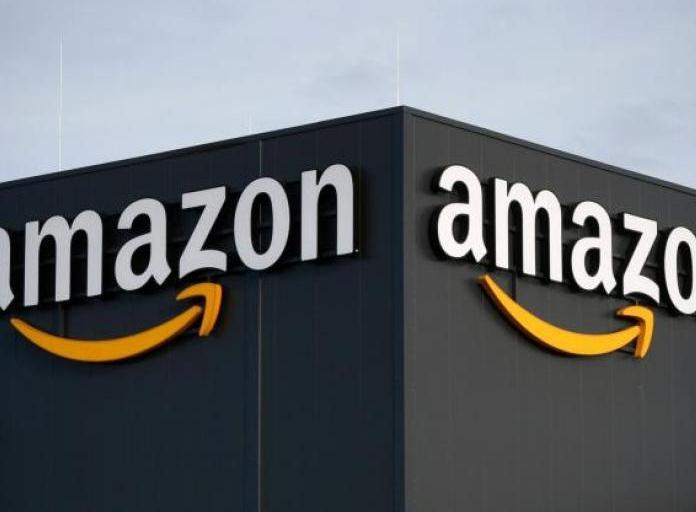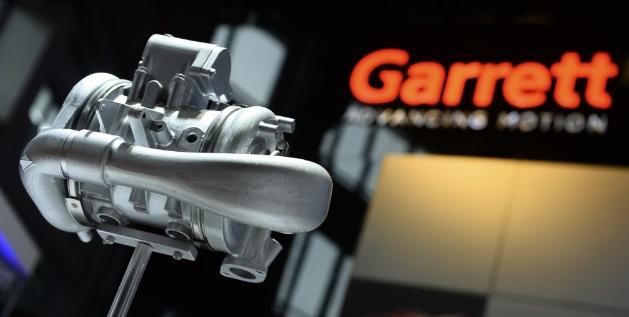This marks a milestone for the company that opposed the unionization of its employees. Amazon workers in New York approved on Friday to form the first union of the web colossus in the United States, marking a milestone for that company that opposed the unionization of its employees.
Workers at the Staten Island JFK8 warehouse approved organizing by a vote of 2,654 to 2,131, according to a tally by the federal labor relations agency. At stake was Amazon’s ability to remain union-free in its home market, a status it has fiercely protected since the company’s inception in the 1990s.
Analysts see this outcome as a David versus an angry Goliath showdown, which could spur further unionization efforts at America’s second-largest private employer. Ruth Milkman, a sociologist of labor movements at the City University of New York, said the result in New York will “inspire” other campaigns. “It seems like most of the attention was on Alabama and people dismissed it as not being an established union,” Milkman added. “And yet it turned out to be a success story.”
Neil Saunders, an analyst at GlobalData Retail, agreed that the victory in New York will encourage others to unionise. “It becomes much more difficult for Amazon operationally, if they have to deal with a union,” Saunders explained. “They’re not necessarily going to spend much more, they just don’t like union interference.”
The workers’ achievement also drew praise from President Joe Biden, a self-proclaimed trade unionist. “The president is pleased to see that workers made sure their voices were heard on important decisions in their workplace,” said Biden’s press secretary, Jen Psaki.
During the fiery campaign, the company tried to dissuade unionization in mandatory meetings and with posters and other messages in workplaces.
Amazon argues that unionization will damage direct relationships between the company and workers, will be a leap into the unknown, and does not guarantee that workers will get better wages or better job security.
ARE THE UNIONS REVIVING?
The share of unionized American workers fell from nearly 20% in 1983 to about 10% in 2021, according to the Bureau of Labor Statistics. On Amazon, workers at a warehouse in Bessemer, Alabama, voted overwhelmingly last year against a unionization proposal supported by the Retail, Wholesale and Department Stores Union (NLRB).
But the NRLB called for a new vote, alleging that Amazon interfered in the election by putting pressure on workers. In the new vote, 993 workers voted against forming the labor group and 875 voted in favor.
However, there were 416 “contested” ballots, which was a “definite” number, according to the National Labor Relations Board. That means that the number of ballots still to be resolved is large enough to decide the final result. Union officials told a news conference Thursday that their campaign last year — which was even backed by Biden — helped push similar measures across the United States.
In the coffee chain Starbucks, a movement was unleashed to change the work dynamics in two locations in upstate New York. Since then, union campaigns have been taking place in more than 150 multinational locations. At Starbucks, the campaign was led mostly by young, college-educated workers.
Union campaigns have also recently been successful in museums, NGOs, media companies and universities. Beyond those sectors, unions have struggled to gain ground, especially in southern and western states, where the percentage of unionized employees is particularly low.



